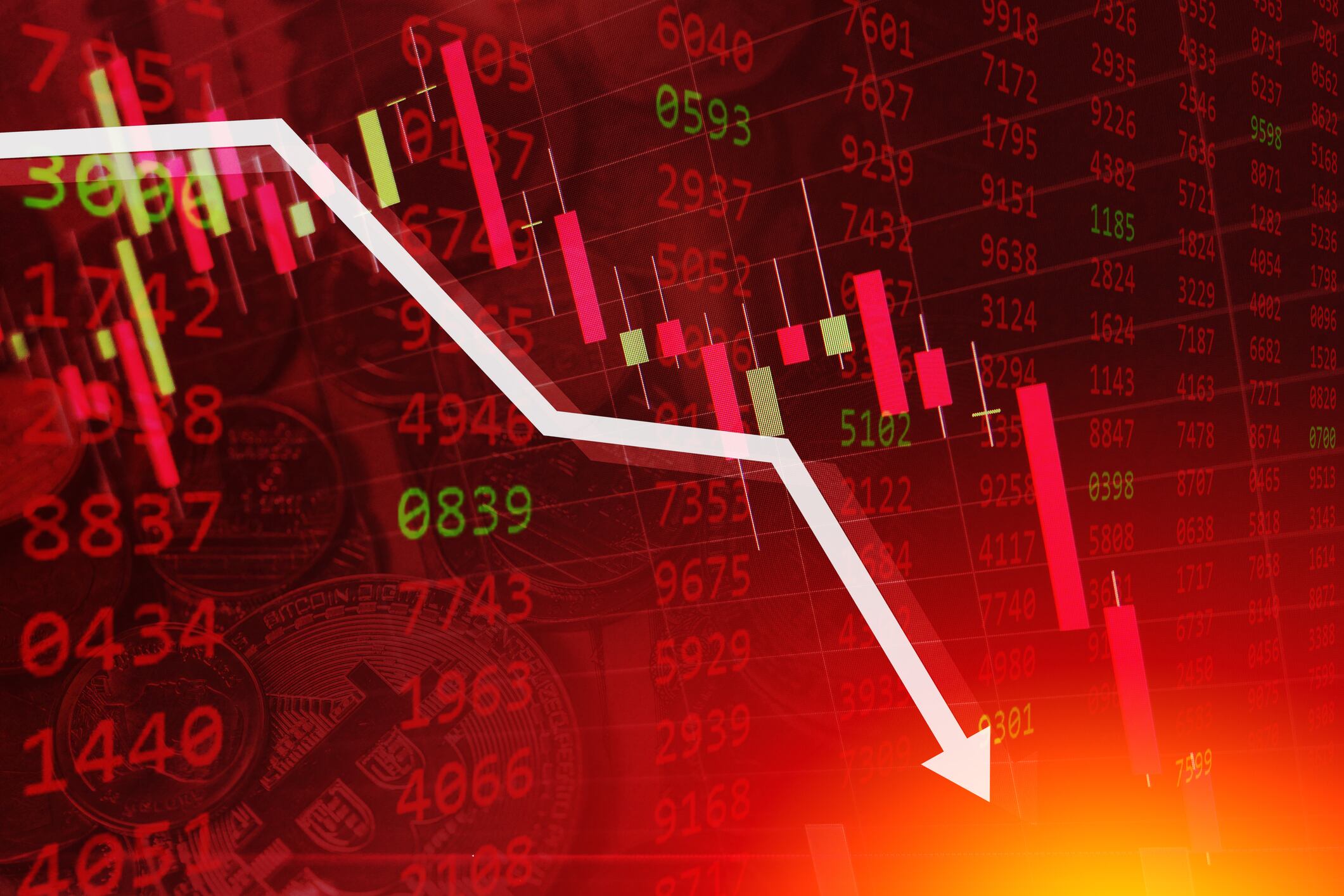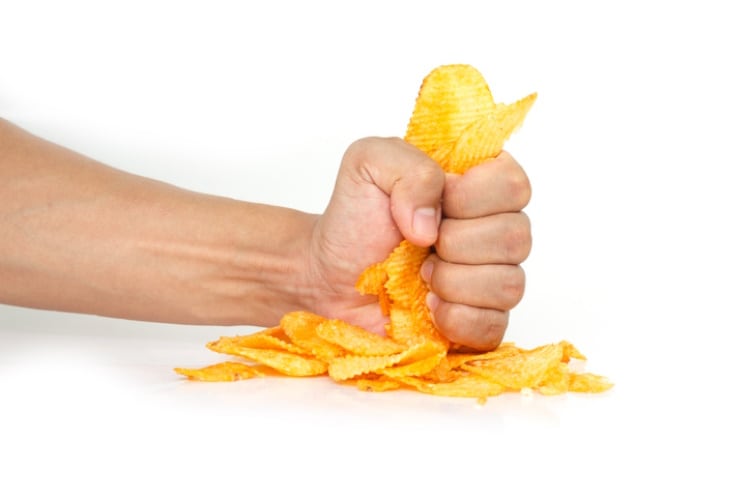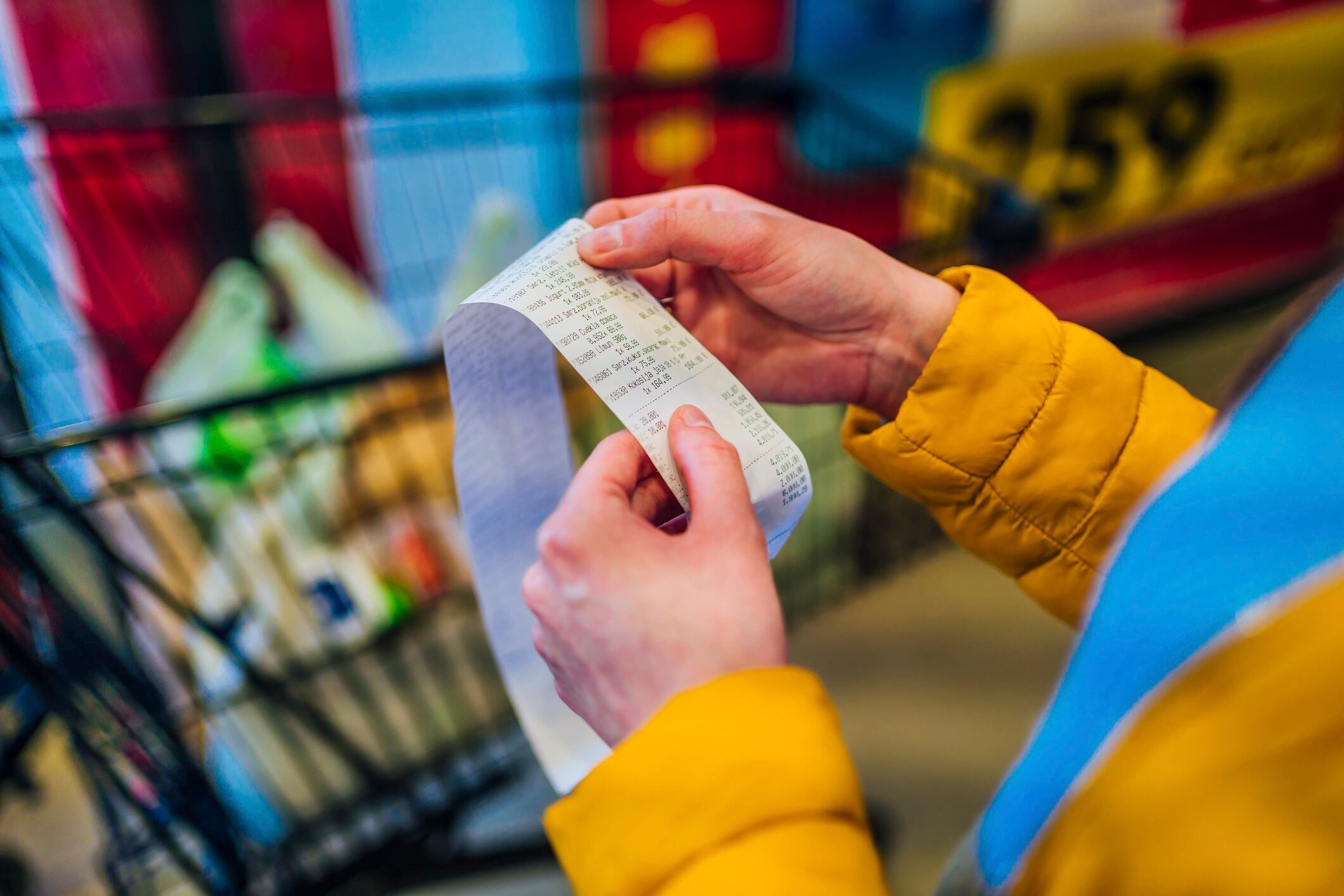The US snack market is under siege and it’s not just due to inflation. Rising tariffs and erratic trade policies under President Donald Trump are driving up costs for snack manufacturers and consumers alike. With essential ingredients like wheat and corn facing increased import taxes, snack prices have skyrocketed - forcing Americans to cut back on their favourite treats.
The situation is exacerbated by recession fears, high interest rates and shrinking consumer spending power. As household budgets tighten, even the smallest indulgences - like chips and cookies - are being left on the shelf.
Market research from NIQ shows that 42% of Americans are buying fewer chips, crackers and cakes due to higher prices.
This aligns with a broader downturn in the snack sector, impacting major players like PepsiCo, Campbell and JM Smucker. According to the Bureau of Labor Statistics (BLS), snack prices have risen faster than most other grocery store items, exacerbating the issue.
“Consumers are cutting back on non-essentials and stretching the value they get out of every dollar. That’s hitting snacking,” said NIQ’s VP Chris Cotalgi.
Lay’s maker PepsiCo reported a 3% drop in snack sales last quarter. The company attributed this decline to ‘inflationary pressures and higher borrowing costs on consumer budgets’.
Campbell - the producer of Goldfish crackers and Snyder’s of Hanover pretzels - saw a 2% decline in snack sales, calling it ‘weaker than anticipated’.
Meanwhile, JM Smucker, the owner of Hostess, reported a 5% drop in snack sales as consumers became more selective.
Overall, salty snack sales declined 0.3% over the past year, per data from market research firm Circana, with cookie purchases seeing a similar drop.
Shrinking budgets & rising prices

The reality for consumers is stark: a 16oz bag of potato chips that cost $5.05 in 2021 now costs $6.50, a 29% increase, according to the BLS. Meanwhile, grocery prices overall have increased by 23% in the same timeframe.
For many shoppers, snacks are now a luxury. Families prioritising essential groceries - bread, milk and (if they can afford them) eggs - are leaving chips and cookies on the shelf. Additionally, many consumers are switching to private label brands from retailers like Walmart and Costco to save money.
Shrinkflation - smaller packages at the same price - has only fuelled frustration. Last year, PepsiCo attempted to combat backlash by temporarily introducing ‘bonus bags’ of Tostitos and Ruffles containing 20% more chips at the same price in select locations. While this move aimed to regain customer loyalty, the long term impact remains uncertain.
A recession on the horizon?

The snack pullback is part of a larger pattern: Americans are also cutting spending on travel, clothing and home improvements. Weak consumer spending signals deeper economic distress. February retail sales rose only 0.2%, far below expectations, according to the US Commerce Department.
Economists are increasingly worried about an impending recession. The Federal Reserve’s high interest rates (currently at 4.25%-4.50%) continue to strain household budgets, while persistent inflation and trade uncertainties add pressure.
Financial experts are sounding the alarm. Nigel Green, CEO of financial advisory firm deVere Group, warns the US is likely to enter a recession in the first half of 2025. “Consumer spending - the longtime bedrock of US economic resilience - is showing clear signs of fatigue,” he noted. “Retail sales data suggests households are prioritising necessities over discretionary purchases, a classic precursor to economic contraction.”
The Trump effect

Adding to economic woes are Donald Trump’s tariff policies, which have created uncertainty for businesses and consumers alike. The S&P 500 has fallen to its lowest level since September 2024, largely due to investor fears over increasing trade restrictions. Tariffs on imported goods have already led to price hikes, including for snack ingredients like wheat and corn.
“Trump’s on-again, off-again tariffs have left businesses scrambling to mitigate costs they never asked for,” Green added. “The damage has already been done.”
Meanwhile, a recent JP Morgan report put the chance of a US recession at 40%, up from 30% earlier this year, citing slowing consumer demand and policy shifts. Moody’s Analytics has similarly increased its recession odds from 15% to 35%.
If the US enters a recession, the snack industry will face even harsher challenges. Historically, snacks have been considered recession-resistant, but the latest numbers suggest this might not hold true. Consumers are already demonstrating that when times get tough, they’re willing to forgo even their favourite pleasures.
“People still have their snacking occasions, whether they are working from home or watching a sporting event,” said Melissa Myres, insights director at 84.51°. “But price is the No. 1 thing they’re thinking about when shopping.”
As inflation and economic uncertainty persist, snack companies may need to rethink their pricing strategies. Will they continue to shrink packages or will they find ways to offer better value without eroding profits? For now, the crunch on snacks continues - and not in a good way.




